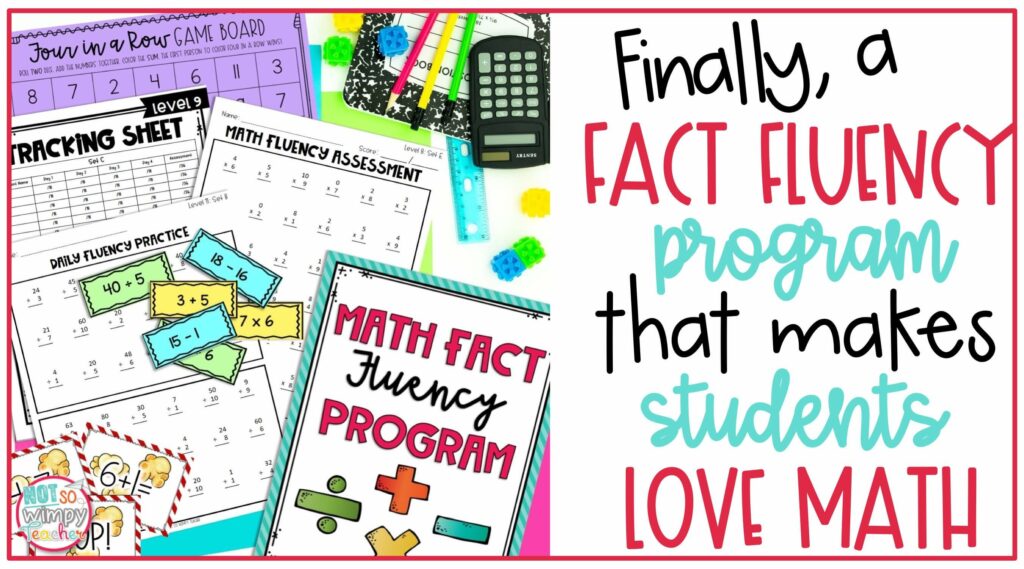
You know that fact fluency is important. Fact fluency is the ability to recall the answers to math facts quickly and accurately without thinking about the problem. It typically occurs after repeated practice when facts are committed to long-term memory.
To be considered fluent, students should be able to solve math facts without counting on their fingers, drawing pictures, or using a number line.
Fact fluency is the foundation of more complex math skills. If we want kids to be confident mathematicians, they must know their math facts. We can’t expect them to understand word problems, algebra, or geometry if they haven’t mastered the basic operations.
Most fact fluency programs don’t work.
I probably don’t have to tell you that most fact fluency programs do not set kids up for long-term success. Many of these programs only introduce one math fact at a time. Kids start with the zeros, then move on to ones, and then twos, etc…. There are several problems with this approach.
Kids find practicing facts in this manner boring. Just thinking about those endless pages of worksheets with the same ten facts on them makes me yawn.
If you require kids to master the ones before moving on to the twos and so on it’s possible that students will get stuck on the early, easier facts like 2 X 2, and then run out of time to learn the more difficult facts, like 7 X 8.
And let’s face it–it’s embarrassing to be the kids stuck on the threes when everyone else has moved on to the fours, fives, and even nines. Yikes! Talk about low self-esteem.
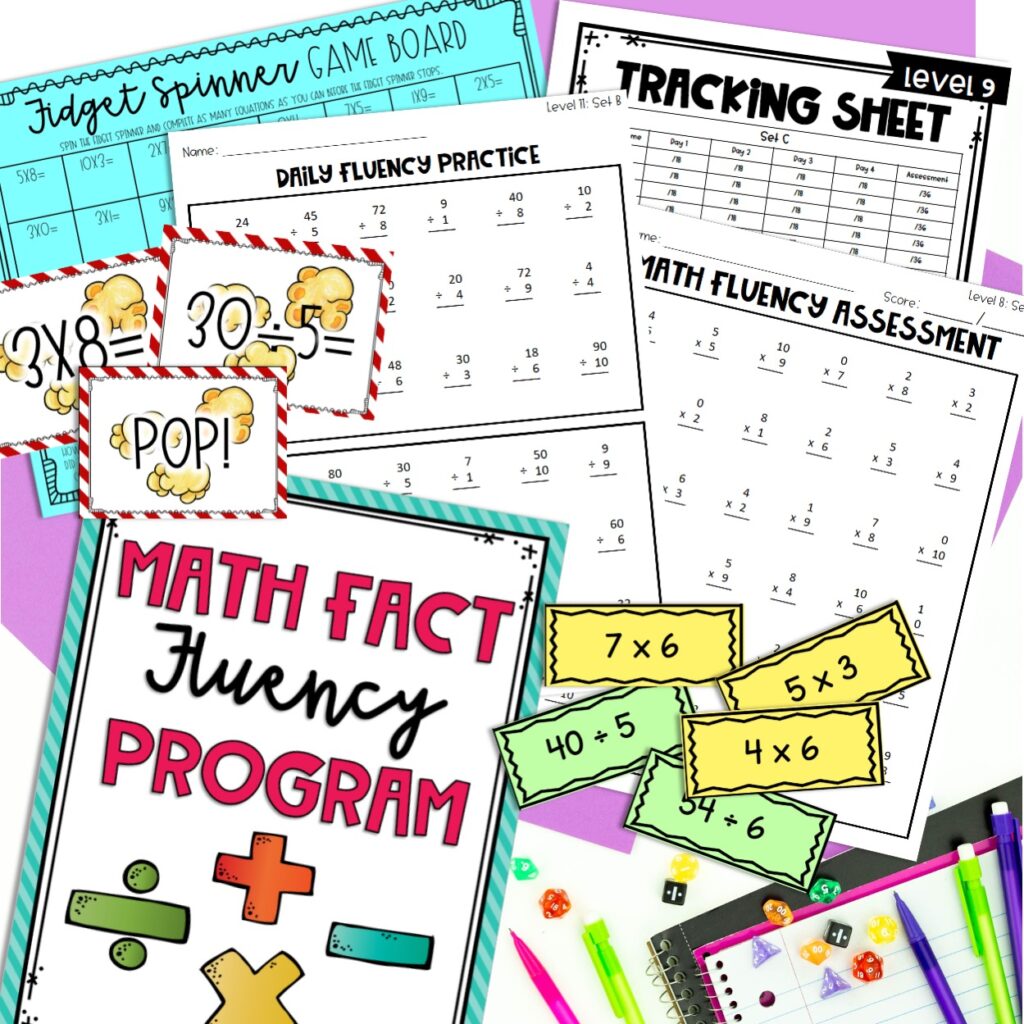
I also found that even if kids successfully pass all the individual levels, they weren’t truly mastering the facts. They couldn’t apply their knowledge to other math applications. We’d be working on word problems together and I’d watch students still count on their fingers. And when they finally encountered a mixed fact test at the end of the program, they could not recall the answers.
Focusing on only one math fact at a time results in a false sense of mastery.
Mixed fact practice from the beginning.
Year after year I watched my students struggle with math facts and I figured there had to be a better way.
One year, I introduced mixed facts right from the beginning. And I was blown away by the results.
For the first time, my students demonstrated true mastery of their facts. They were able to complete the facts on fact fluency assessments and apply them to their math lessons. They were able to master difficult facts like 6 X 9 as easily as more simple facts like 2 X 2.
I found the key to making mixed fact practice work was taking it really slow in the beginning and giving my students multiple opportunities for practice. We might stay on the same set of facts for five weeks or more. But all that practice paid off when their mastery improved.
I also found it helpful to relax time pressures. I’m not sure exactly why math fact fluency has been equated with speed. When we ask kids to read fluently, we don’t expect them to speed read. In fact, reading too quickly without any expression is an indication that kids are not fluent readers.
But for some reason, fact fluency often has a time component. For some kids, this leads to anxiety and interferes with performance. In fact, it has been noted that math anxiety often appears in children right about the same time that timed tests are introduced. That’s not a coincidence.

The Math Fact Fluency Program
Mixed Facts
If you are ready to try mixed fact practice for yourself, you’re in luck. I have created an entire math fact fluency program based on mixed math facts. The program included two resources, one for addition and subtraction and one for multiplication and division, or you can buy a bundle of all four operations.
Both addition and subtraction and multiplication and division have six levels and use mixed fact practice from the beginning.
There are six levels of math facts in the addition and subtraction program:
- Level 1: Mixed fact addition within 10
- Level 2: Mixed fact addition within 20
- Level 3: Mixed fact subtraction within 10
- Level 4: Mixed fact subtraction within 20
- Level 5: Mixed addition and subtraction within 10
- Level 6: Mixed addition and subtraction within 20
There are six levels of math facts in the multiplication and division program:
- Level 7: Basic mixed multiplication x0, x1, x2, x5, x10
- Level 8: Mixed multiplication (0-10)
- Level 9: Advanced multiplication x11, x12, x20, x50, x100
- Level 10: Basic mixed division ➗0, ➗1, ➗2, ➗5, ➗10
- Level 11: Mixed division (0-10)
- Level 12: Advanced division ➗11, ➗12, ➗20, ➗50, ➗100
The bundle includes all twelve levels.
Each level includes five assessments and sets of practice, except level 9 Advanced Multiplication and level 12 Advanced Division. They each include six assessments and practice sets. Because these facts are more difficult, students are introduced to the facts individually before trying mixed fact practice.
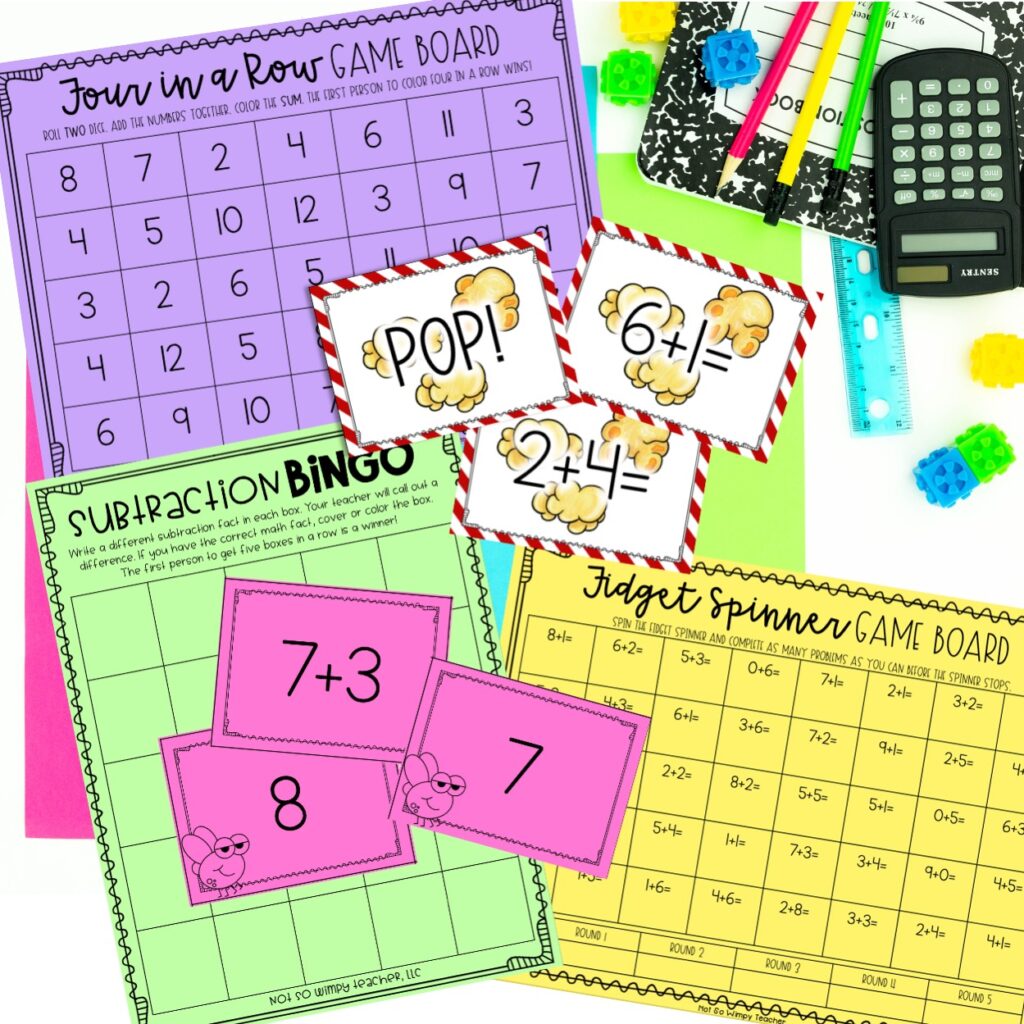
Games
I firmly believe that learning can and should be fun. And math facts are no exception.
That’s why our math fact fluency programs include 5 fun and engaging math games. The games are the same through all four operations, so you only have to teach the rules once. Your students will love playing Swat the Fact or Four in a Row and will get invaluable extra practice. The ability to recall facts in a game setting also helps with application to traditional math problems.
In addition, the programs also include a list of additional math fact games that students can play with basic gameboards (like Candyland or Jenga) or classroom supplies. These games are perfect for math centers.
Differentiation
Mastery looks different for every student. And I know you know your students best. That’s why I’ve created this program to be super flexible. You can determine which facts your students need to practice and how long they need to practice them.
You can start on any level or set that you choose. And you can progress through the sets in order. You can skip around, repeat sets, or even rotate through different sets in the same week. Rotating through sets is also a good way to ensure that your students aren’t memorizing the answer patterns as opposed to the facts.
You can choose to time your students using the suggested times (30 seconds for practice pages and one minute for assessments), choose your own times, or eliminate the timed component completely.
You can also set different goals for each student. One student might need to get 18 facts right for mastery, another student might only need to get 10 or 12.
Shop This Post
Why not make this the year that your students finally master their math facts? And have fun doing it.
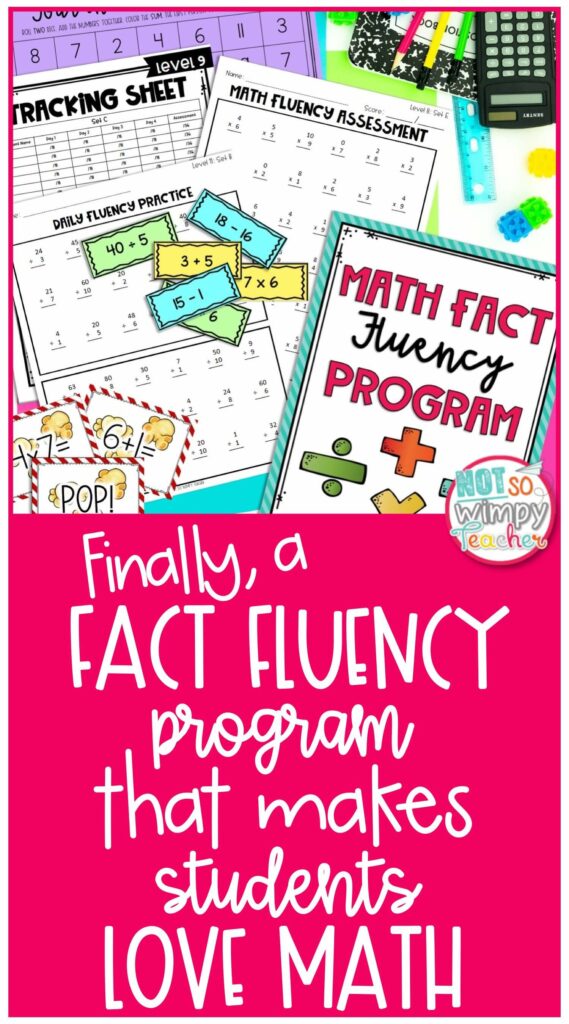
Have a Not So Wimpy Day,


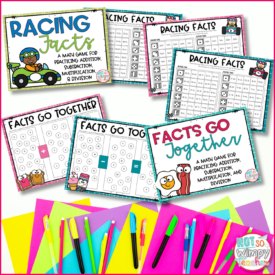
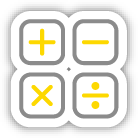
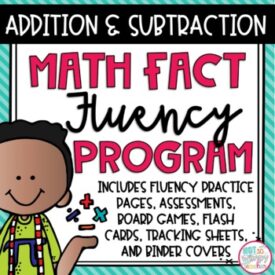

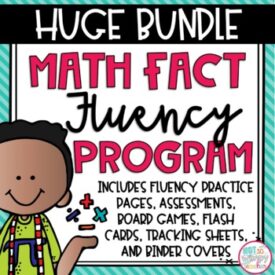

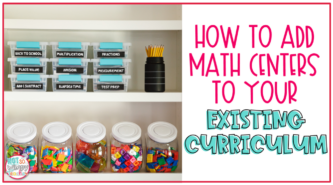

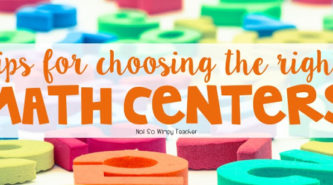










 End of Year Carnival Week for grades 2-5!
End of Year Carnival Week for grades 2-5!
Hello!
I am trying to download your free math games, but I’m not getting anything in my email. Are you able to send them directly? I especially would like the Pop game. Thanks!
Your Math fact Fluency program – can this be used school wide? Is there differentiation throughout the year groups?
Hi Amy,
Thanks for asking! The Math Fact Fluency Bundle includes skills from basic addition within 10 to advanced division. The program is designed to be flexible. Teachers determine where to start students and they can use the levels and sets in any order to differentiate and add variety.